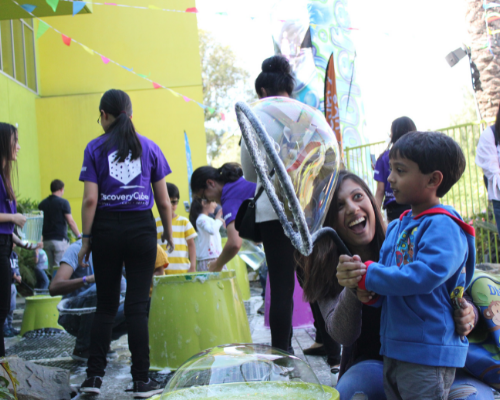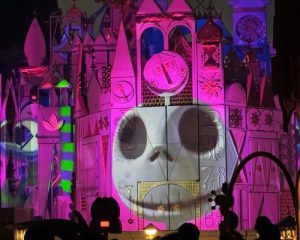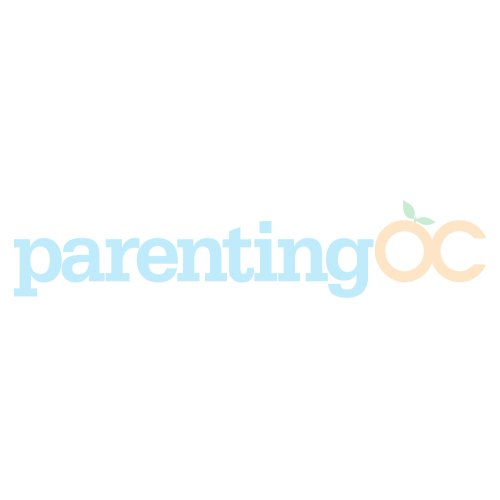Discovery Cube OC offers science, fun and bubbles this spring for all ages and abilities.
Discovery Cube Orange County’s staff is always ready to help meet the needs of all abilities.
One year, during Bubblefest, a family with a child with special needs needed a little extra support.
“To help with a specific family’s needs, one of our employees brought the family into the theater prior to the Mega Bubblefest Laser Show and explained the pacing of the show in detail so the child in attendance knew what would happen and when,” said Laura Schmidl, director of education at Discovery Cube. “The child was provided headphones to assist with any sensory concerns. The employee sat through the show with the family in quick-exit access seating to ensure the child felt safe throughout the 45-minute show. The family was beyond appreciative and has made Bubblefest an annual tradition.”
It’s with this attention to all abilities that Bubblefest returns to Discovery Cube Orange County in Santa Ana from March 30 through April 17.
“Families look forward to a sudsy-packed day of indoor and outdoor bubble-tastic activities like bubble science demonstrations, Bubble Courtyard and exhibits, a paddle boat attraction, an inflatable obstacle course and soapy fun for children and parents of all ages,” said Schmidl. “We’re also thrilled to welcome back world-famous bubble artist Melody Yang and the Mega Bubblefest Laser Show.”
Schmidl said that the annual family event is a great way to incorporate science into the lives of kids of all abilities.
“The best way to learn science is to experience science, and people of all ages and abilities can all experience science in different ways,” she said. “One of the greatest things about Bubblefest is that our guests have so many different opportunities to engage with bubbles. At the Mega Bubblefest Laser Show guests can watch as a professional bubble artist performs amazing tricks with bubbles. Then when the show is over, they can venture outside to the Bubble Courtyard and get soapy as they use giant bubble wands to create huge bubbles, putting some of the techniques they learned from the show into practice.”
She said this is an opportunity to experience the science of bubbles, what bubbles are made from, why the physical properties of water and soap allow bubbles to form, and why bubbles pop. Kids can also learn about the science of bubbles in the Bubble Lab with live demonstrations to help explain different aspects of bubble science.
“All of Discovery Cube’s Bubblefest activities are fun — and everyone loves fun,” she said. “Bubblefest invites guests of all ages to come experiment and play with bubbles of all shapes and sizes. Learning how to make big bubbles, hexagon bubbles, putting hands inside a bubble, and creating a bubble wall are just a few of the hands-on activities everyone in attendance can participate in.”
She said the Mega Bubblefest Laser Show is an exciting, high-energy bubbles and laser show guests enjoy year after year. (Note that the Mega Bubblefest Laser Show contains lasers that may impact guests with visual sensitivities.) The show can accommodate families with special needs and has reserved front-row seating available (contact 714-542-2823).
Beyond Bubblefest, Schmidl encourages families of all needs to visit anytime for an inclusive experience.
“All of Discovery Cube’s exhibits are designed to be inclusive and encourage guests to be curious and explore how each activity works,” she said. “We encourage guests to touch and explore our exhibits, hoping they discover something new along the way.”
She said several of the current exhibits are designed with video introductions to help guide people who prefer visual explanations. Others are designed with written text panels to explain the science behind the exhibit to those who prefer to learn from reading. All exhibits are interactive and allow all guests, regardless of age or ability, to experience science firsthand.
“For example, guests enjoying the Racetrack exhibit can experience the engineering design process as they build, test and modify a race car,” she said. “In the Planetary Research Station, they can learn about our planet by seeing data projected on a six-foot globe. At Science of Hockey, they can test out how well a hockey puck slides on three different types of surfaces as they learn why hockey works so well played on ice.”
By Jessica Peralta





Leave a Reply